Ghorat-Hazarajat Alpine Meadow
The ecoregion’s land area is provided in units of 1,000 hectares. The conservation target is the Global Safety Net (GSN1) area for the given ecoregion. The protection level indicates the percentage of the GSN goal that is currently protected on a scale of 0-10. N/A means data is not available at this time.
Bioregion: Afghan-Balochistan Drylands, Mountain Meadows & Conifer Forests (PA30)
Realm: Central Eurasia
Ecoregion Size (1000 ha):
6,665
Ecoregion ID:
752
Conservation Target:
3%
Protection Level:
3
States: Afghanistan
Found within the mountainous desert of Afghanistan is a chain of deep, blue lakes of Band-e Amir. They are famous not only for their beauty, but also for hosting migratory and breeding birds. A vast array of vulnerable species lives in this region, including the snow leopard and the endemic and critically endangered Paghman mountain salamander.
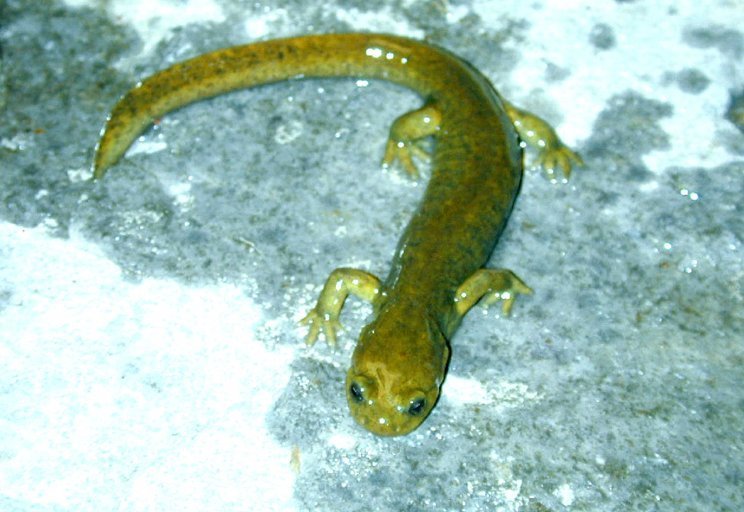
The flagship species of the Ghorat-Hazarajat Alpine Meadow ecoregion is the Paghman mountain salamander. Image credit: Courtesy of Theodore Papenfuss, iNaturalist
Covering 66,646 km2, this ecoregion follows the western extension of the subalpine thickets and Cushion Shrubland floristic unit and is made up of several distinct parts. The thickets consist mostly of Himalayan juniper coniferous evergreen shrub. The cushion shrubland, more towards central and northern Afghanistan, is made up of sainfoin, Astragalus, Cousinia, and Artemisia herbs and flowering plants.
Vegetation is constrained by a lack of summer moisture, and shrublands dominate the area along with extensive grasslands. There are a series of mountains in this region, including the impressive Shah Tus Aqa Ghar, peaking at 4,803 m. The mean annual temperature is 3.2°C, with an average minimum of -18.6°C and an average maximum of 23.4°C. The average annual precipitation in this ecoregion is 415.6 mm. The climate is predominantly Mediterranean-influenced warm-summer humid continental.
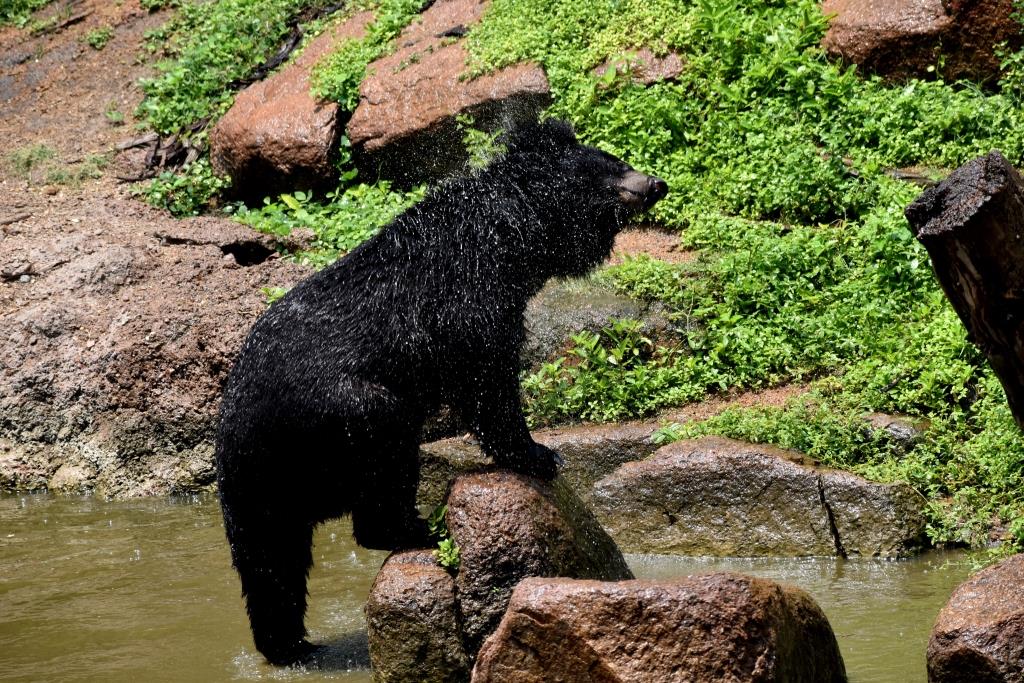
Asian black bear. Image credit: Creative Commons
The endemic and critically endangered Paghman mountain salamander is only found in the cold fast-flowing waters of the Paghman mountain stream drainage. It occupies less than 10 km2 of haibtat, thus very susceptible to habitat disturbance. The critically endangered white-rumped vulture is possibly locally extinct. Another critically endangered bird is the sociable lapwing. The vulnerable snow leopard and Asian black bear might also be found here. Most of the ecoregion is covered by grassland. Although categorized as Least Concern, the ibex population is declining in the Ajar Valley.
Two protected areas intersect this ecoregion. The Ajar Valley National Park is an IUCN Category IV protected area with 400 km2, where sustainable utilization of wildlife resources is allowed. A mountainous area and former royal wildlife reserve in the central Hindu Kush, it houses a threatened population of ibex which was widely hunted in the past. During a census, it was estimated that the population was reduced to 100–200 individuals. Urials are also very rare in the area.
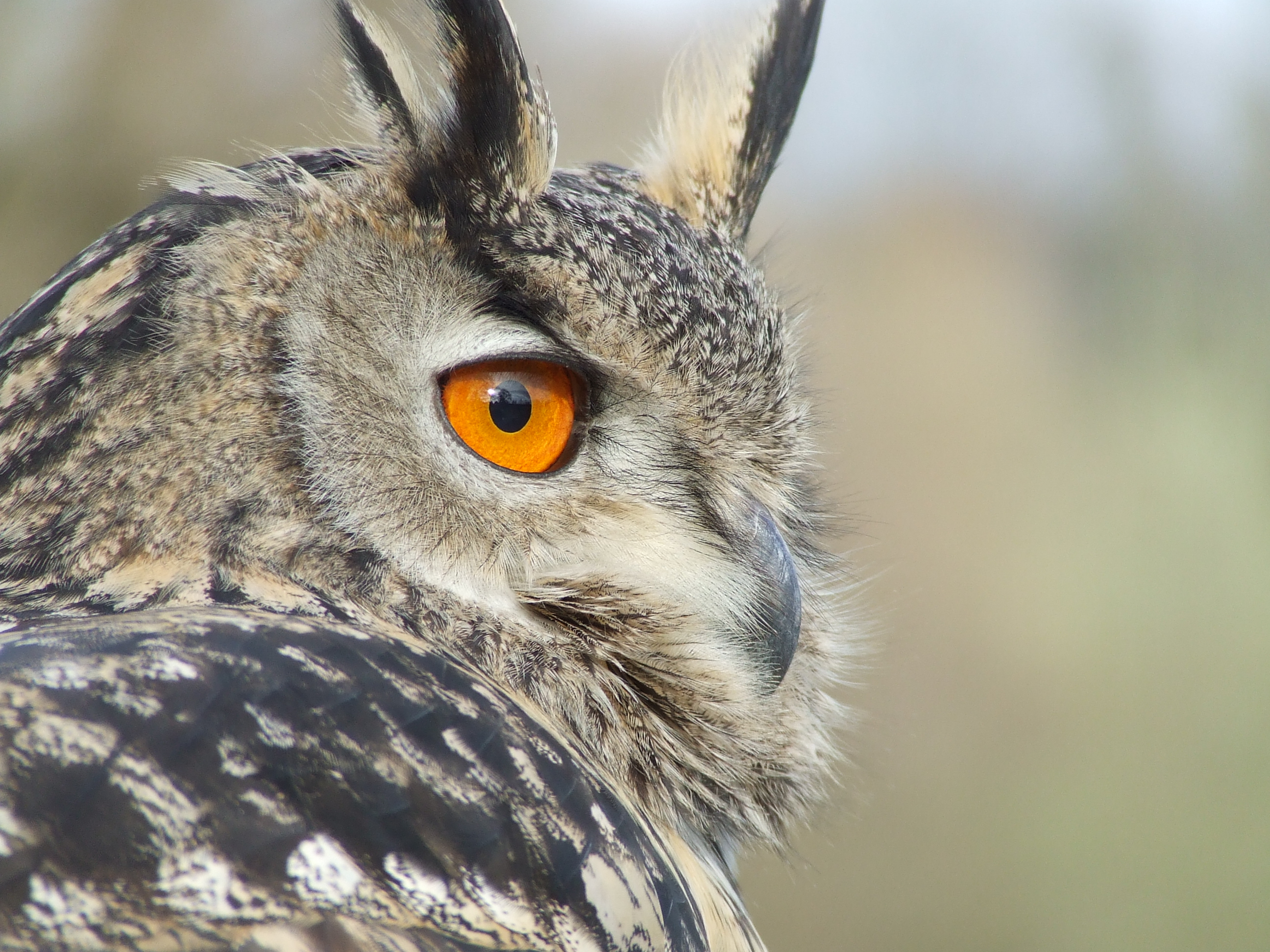
Eurasian eagle-owl. Image credit: Creative Commons
The Band-e-Amir National Park is a Category II protected area with 613.3 km2, located in the western Hindu Kush in Bamyan Province. It is famous for its six, deep blue, clear lakes which are separated by travertine dams, enclosed by magnificent red cliffs. It is the country's first national park. Unfortunately, the populations of urial and ibex have declined. Band-e Amir (or Bande Amir) is also the site of an Important Bird Area where several breeding and migratory bird species are present, such as the Barbary falcon, sulphur-bellied warbler, and Eurasian eagle-owl. This ecoregion is not severely fragmented, with the dominant landcover being grasslands. It has, however, suffered from overgrazing and unsustainable use of resources. Population density is very low with an average of 0.2 inhabitants per hectare.
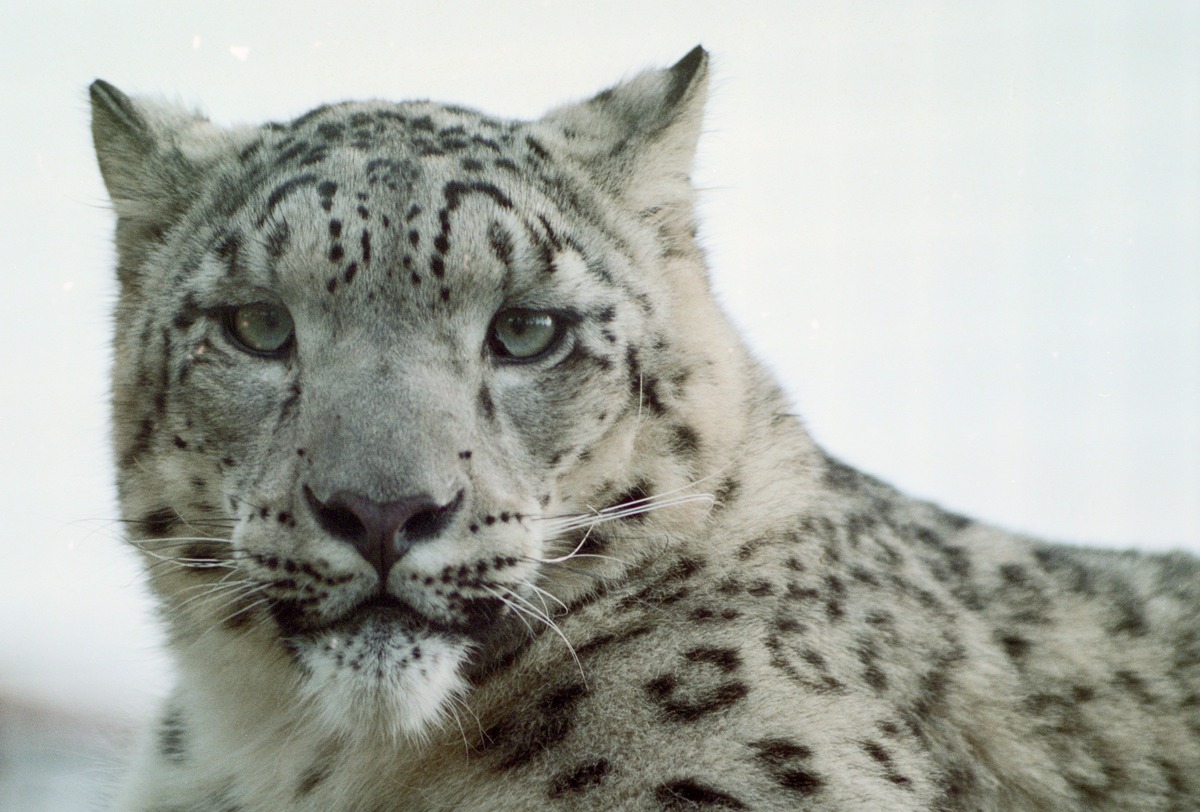
Snow leopard. Image credit: Roger Blackwell, Creative Commons
The major threats in this ecoregion are overgrazing, unsustainable use of shrubs for fuel, and water extraction from high elevations which, for example, is a threat to the endemic Pangham mountain salamander that rely on undisturbed freshwater habitats. Its range is being constricted by irrigated plantations close to streams. Also, grazing animals have reduced vegetation along streams which causes an increase in water temperature. In Band-e-Amir, there is a significant threat towards damage of the travertine dams that form the lakes. In the Ajar Valley, populations of the Siberian ibex have severely declined since the late 1970s due to hunting.
The priority conservation actions will be to: 1) further establish and expand protected areas estate; 2) strengthen environmental laws especially those regarding hunting and use of resources; and 3) support the use of alternative sustainable energy resources and educate communities about sustainable harvesting techniques, encouraging community imposed restriction to shrub collection.
Citations
- Freitag, h. 1971. Studies in the Natural Vegetation of Afghanistan. In Davis, P. H., Harper, P. C. and Hedge, I. C. (eds): Plant Life of South-West Asia.
- NEPA and UNEP. 2014. Afghanistan’s National Biodiversity Strategy and Action Plan.
- Shank, C.C. 2008. A biodiversity profile of Afghanistan. An output of the National Capacity Needs Self-Assessment for Global Environment Management (NCSA) for Afghanistan.

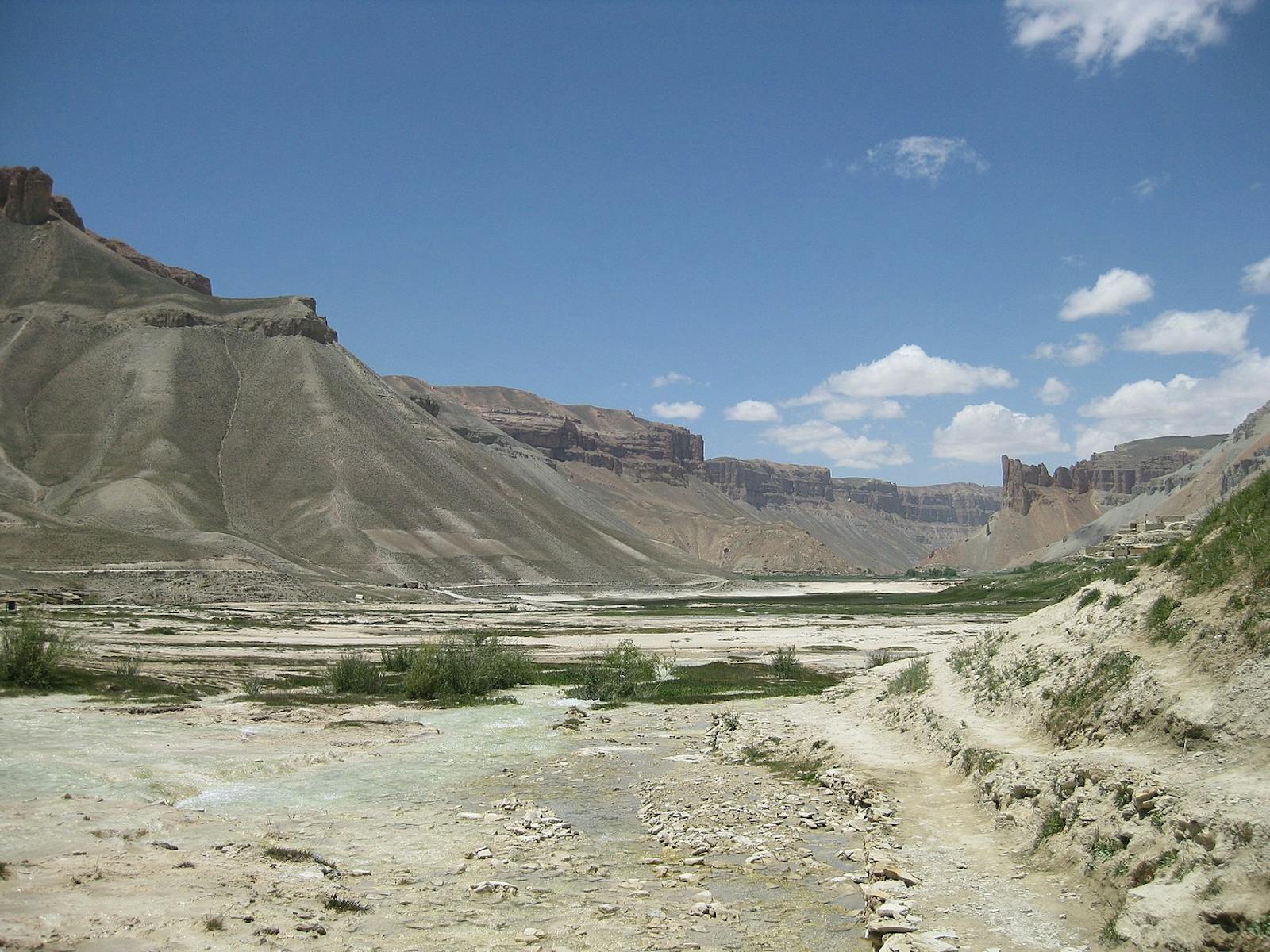
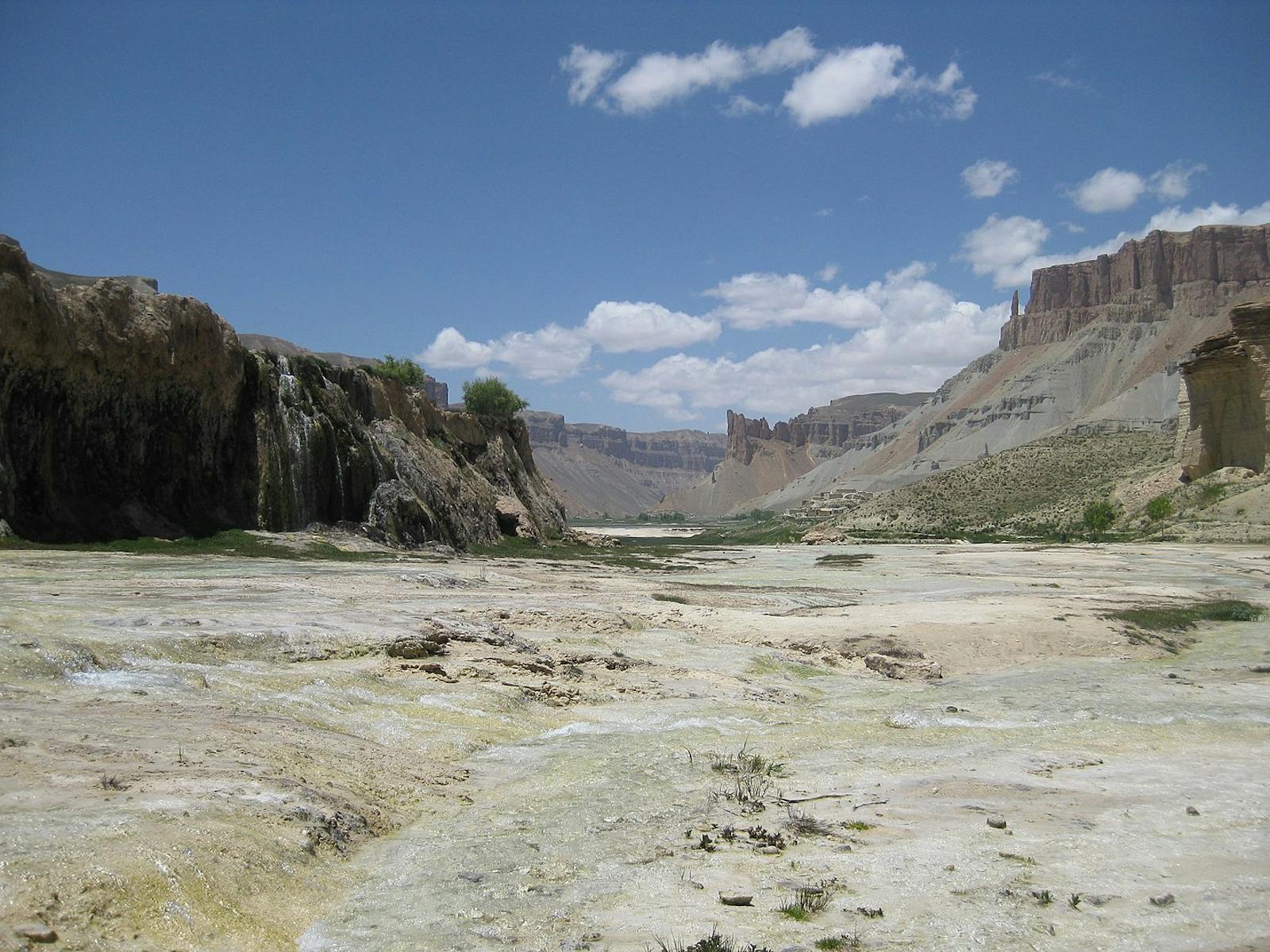
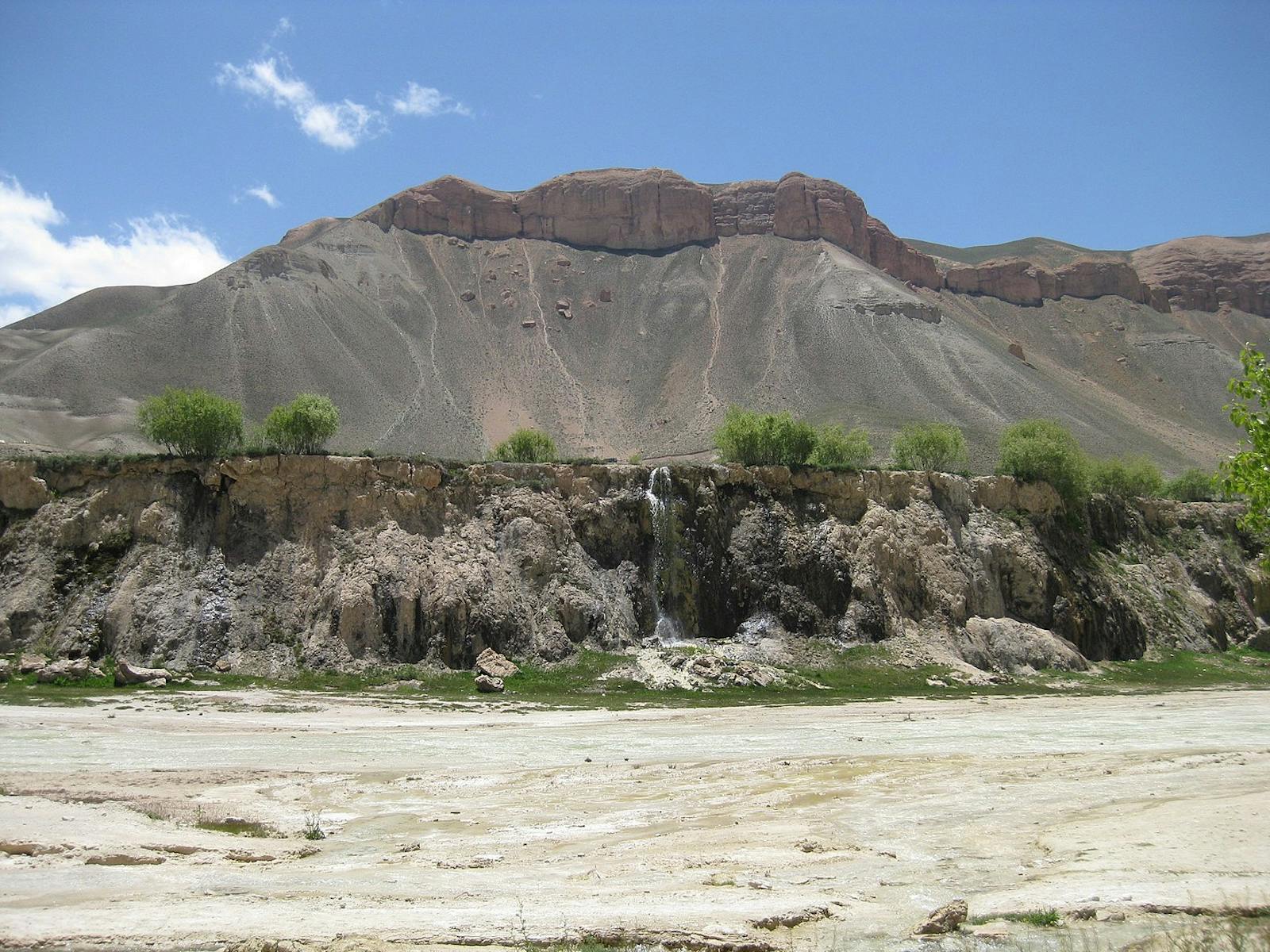
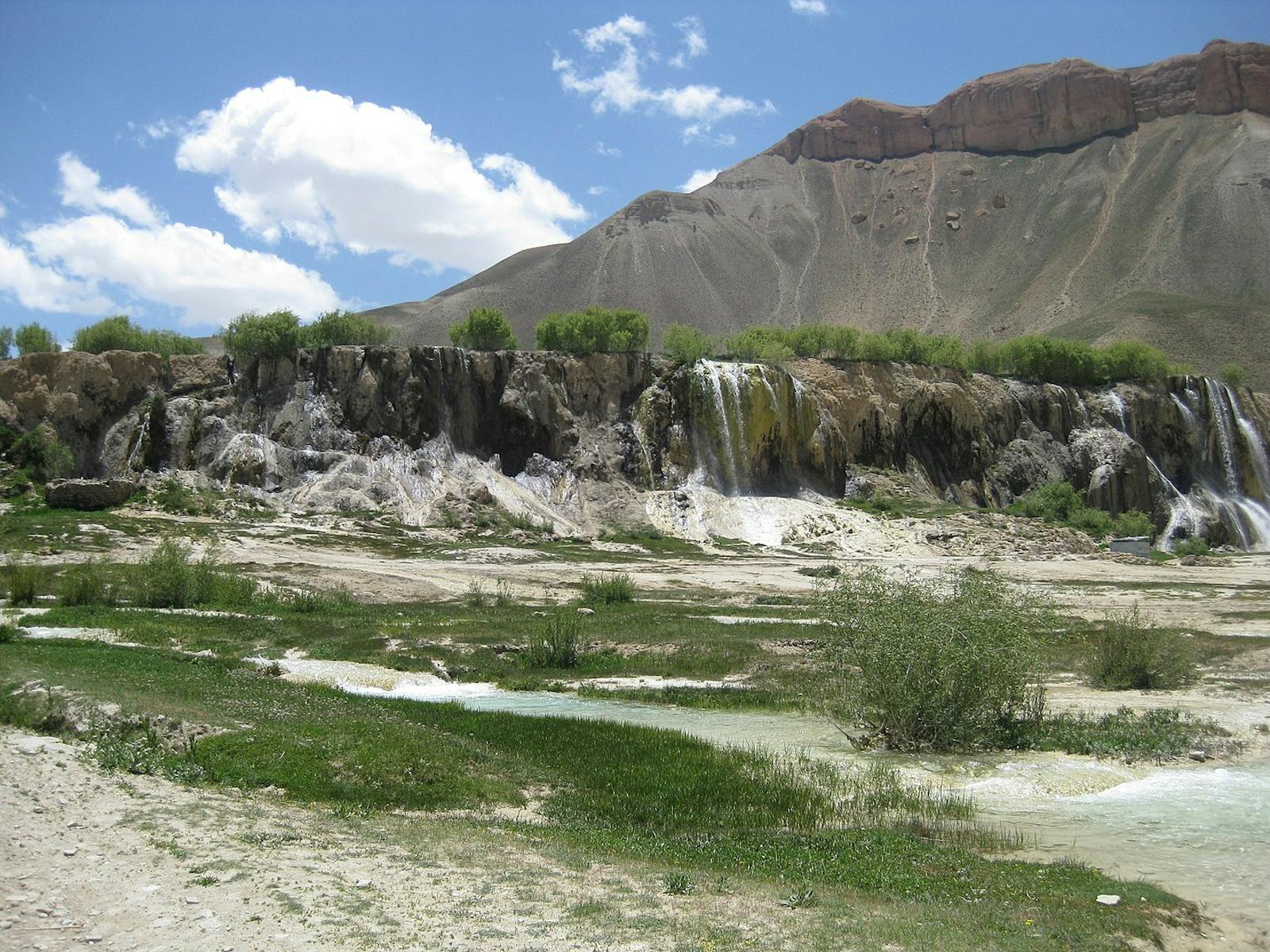
.png?auto=compress%2Cformat&w=300)

